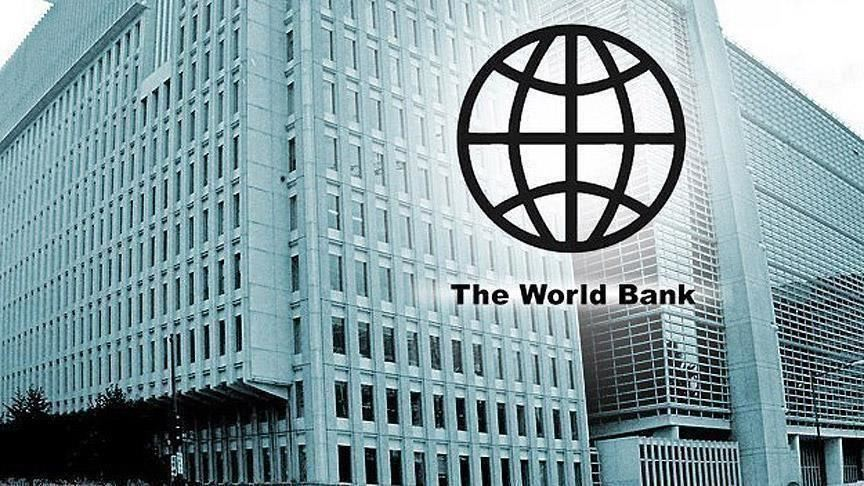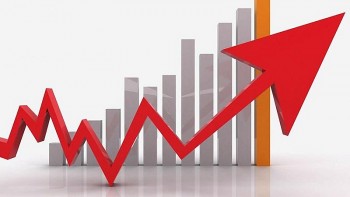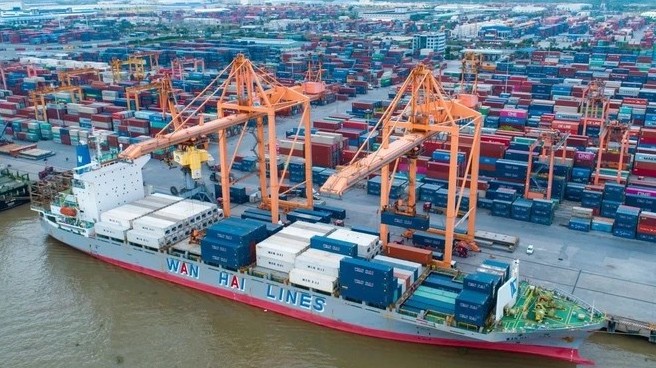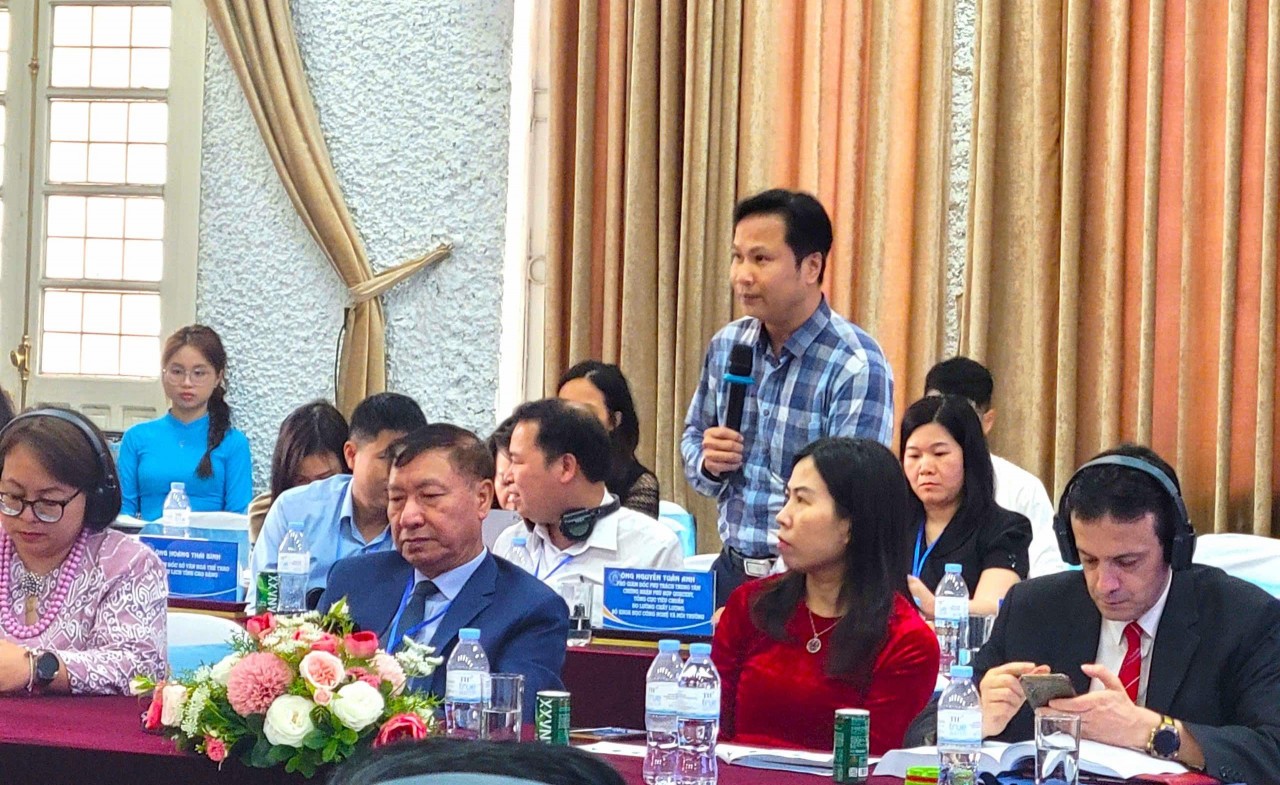Vietnam Should Shift Economic Growth Model for Further Development: WB report
 |
| The Vietnamese economy is predicted to recover in 2022. Photo: VNA |
The World Bank Group’s Systematic Country Diagnostic (SCD) Update, entitled "How Will Vietnam Blossom? Reforming Institutions for Effective Implementation”, stressed that Vietnam has demonstrated exceptional resilience to the pandemic, but many people and businesses have been negatively affected by it, and the authorities have had to adjust several of their policies to respond to the crisis and support the recovery.
This SCD update assesses to what extent Vietnam needs to revisit its development priorities to build back better in the aftermath of the crisis.
WB finds that while Vietnam will not have to change the majority of its development priorities, it will have to reorient them to the post-pandemic world that is expected to be more inclusive, green, and digitally friendly.
Vietnam’s shift toward a new economic model
 |
| Photo: Robert Walters Vietnam |
Vietnam has epitomized development success over the past 35 years, but the government recognized as early as 2010 that it had to adjust the country’s growth model,
Studying the new growth model, the World Bank's report noted that Vietnam's expanding middle class (defined as people living on more than the US $15 per day), is projected to represent 50 % of the population in 2035, compared to 18.5 % in 2018. This group needs to be featured more in the development process, said the report, so that the growth rate can be more efficient, following the successful structural change in countries such as the Republic of Korea between the 1980s and 1990s.
| The report stated that while Vietnam has almost achieved universal health coverage, the quality of health care requires greater attention by the authorities, especially in view of the rapidly aging population (about 15 % of the total population is projected to be over 65 by 2030 compared to only 8 % in 2020). |
The development of new and modern infrastructure also requires improvements in the efficiency of public investment management, including in the operation, maintenance, and use of existing public assets.
With the existing model, advanced university-level and vocational-technical skills and social protection policies are underdeveloped for a middle-income economy.
Finally, achieving efficiency gains in natural capital will require substantial progress on both sustainability and resilience as Vietnam is lagging behind many of its peers.
The recent trends in the global economy
The first notable trend is the rise of trade nationalism, Countries benefit from cooperation between countries for mutual benefit, becoming too nationalistic at the expense of its partners is counterproductive.
It is an approach that creates a conflict of interest, yet it remains a trend in the upcoming year as the global trade and financial systems have been shaken as the restrictive measures adopted to reduce mobility, and to protect against the pandemic, go against the nature of the globalization phenomenon.
Second, the acceleration of the digital economy transforms how people will live, trade, communicate, work, and learn. While this trend was already in motion before COVID-19, it has significantly accelerated in the past year. Last but not least, the upsurge in green initiatives is the third trend. Many countries initiated green programs as part of their longer-term recovery plans, which led to multiple international initiatives, including by the G7, G20, and COP-26, and the creation of networks by finance ministers or central bank governors to green fiscal and monetary policies.
Like most countries around the world, Vietnam will have to find ways to build better in the aftermath of the COVID-19 pandemic and meet its ambition to become a high-income economy by 2045.
Perched at a crossroad, the steps Vietnam takes today will determine whether it can, in two decades, become as successful as Korea or get mired in the middle-income trap, said the report.
 |
| Vietnam has implemented its development priorities unevenly over the past 35 years, and five institutional reforms are required to better implementation, the World Bank (WB) report says. Photo: Shutterstock |
The heightened social, financial, and fiscal risks
From 2022 onward, the monetary authorities will resume their prudent approach to the balance between supporting economic growth and managing inflation, while closely monitoring the health of the financial sector.
Also, the authorities will need to improve their revenue performance and expenditure efficiency, especially the quality of public investment, to meet the expected increase in infrastructure and quality social services that Vietnam will need in the next decade.
 |
| Photo: VnExpress |
Vietnam will face the following risks: social, financial, and fiscal risks, said the report. The recommendations for the authorities include:
1. Address the social consequences of the crisis
Learning from the COVID-19 crisis, the authorities should immediately consider strengthening the coverage, targeting, and benefit levels of the country’s social protection programs to ensure that current and future victims of natural, health or economic shocks receive adequate support.
2. Watch for financial sector risks raised by the crisis
Firstly, a clear exit strategy for loan forbearance measures is much needed. More, it would be useful to adopt a resolution plan for nonperforming loans, and to develop a well-defined mechanism for dealing with weak and troubled banks.
The report advises Vietnam to recapitalize banks to meet Basel II requirements and consider relaxing the limit on foreign ownership in the banking sector.
3. Watch for fiscal risks
The government may be required to expand its financial assistance package (in both coverage and levels of support). It is necessary to keep the fiscal risk closely monitored, especially as it relates to the financial health of state-owned enterprises (including in transport sectors), which could lead to contingent liabilities.
So the big question is: "How will Vietnam blossom?". The WB answered that: by adopting institutional reforms more systematically, Vietnam will underpin its vision for economic development, strengthen its capacity to implement national strategies and boost its motivation to produce results in several key areas – green growth, digital transformation, financial inclusion, social protection and infrastructure upgrading.
 | WB Commits to Supporting Vietnam in Realising Goal of High-income Economy by 2045 World Bank (WB) Vice President for East Asia and Pacific Manuela V. Ferro has reaffirmed the institution’s commitment to supporting Vietnam in realising its goals ... |
 | WB: Vietnam's Economy Continues to Show Resilience The World Bank (WB) on March 11 released its brief updating Vietnam’s economic development in March, stating that the economy continues to show resilience and ... |
 | WB: Vietnam’s Economic Growth Expected to Accelerate to 5.5% in 2022 Vietnam’s economic recovery is likely to accelerate in 2022 as GDP growth is expected to rise to 5.5% from 2.6% in the year just ended, ... |







